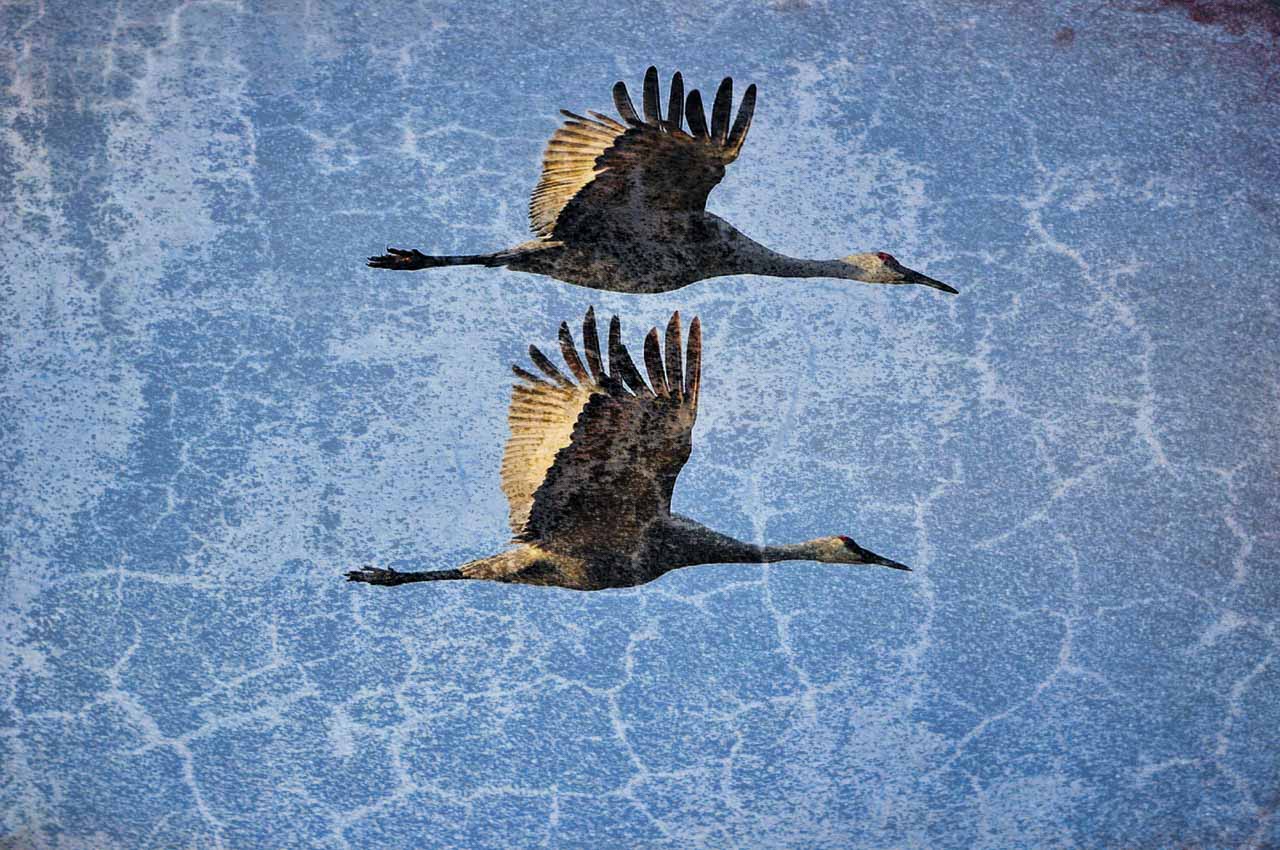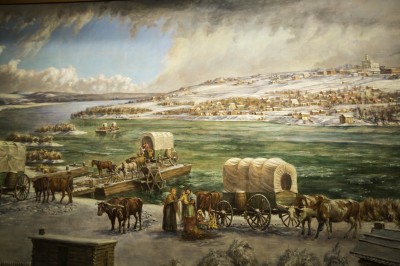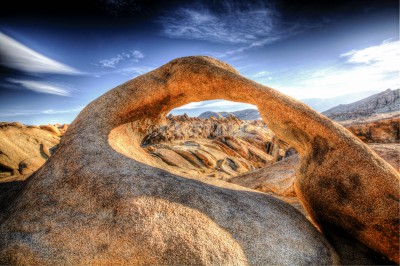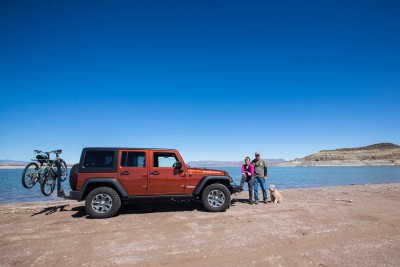The Cibola National Refuge is located near the town of Blythe, CA. Take Neighbours Blvd off the I-10 Freeway and drive 20 miles South, the Visitor Center will be on your right. There are no fees to enter the Refuge, including the 3 miles auto tour. You must stay in your vehicle on this tour except at the Nature trail where you will also find restroom facilities.
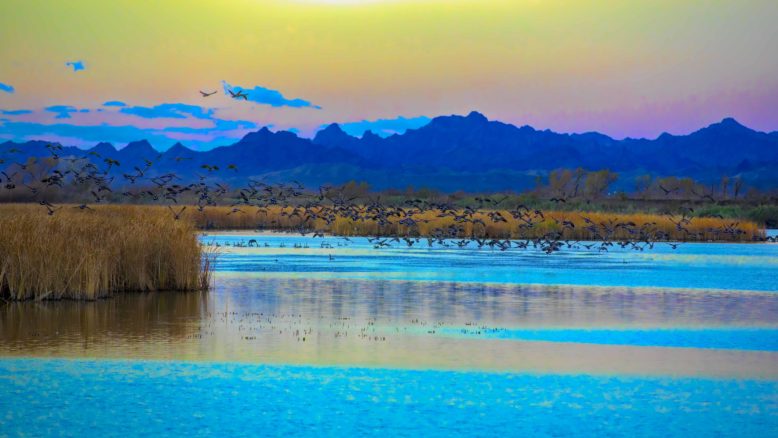
The best time to visit is in the winter. Most migrating birds are gone by the first of March. The Visitor Center has a great deal of information and a short video of the refuge and it’s wildlife. It is open Seven days a week November 1st to March 14th.
If you are in Quartzsite, this is a great side trip of you want to escape that busy town in January. It’s about 50 minutes from Q to the Refuge.
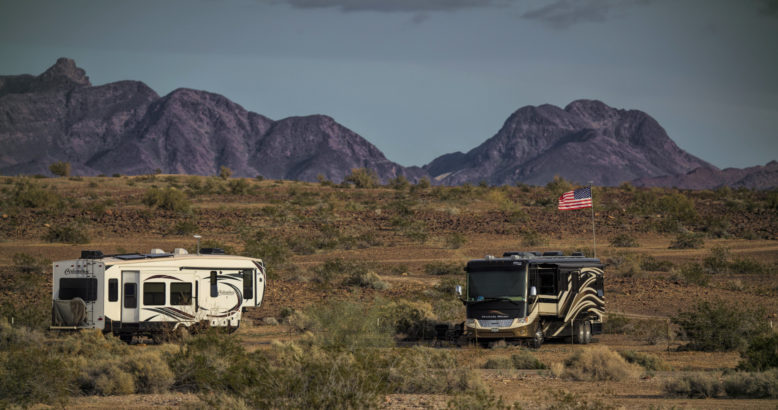
We arrived with our friends Bill and Sue. We all thought a couple nights would be plenty, but after five days we were still here enjoying the refuge and surrounding areas. We had happy hours sharing our experiences in the refuge for the day while we listened to the songs of the sandhill cranes and snow geese departing each evening.
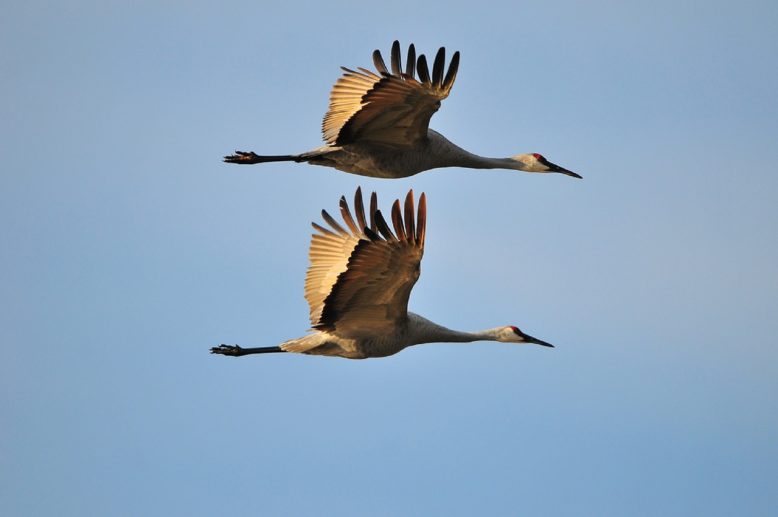
Among the wildlife you might see on the refuge or just outside the area are the beautiful mule deer. Being from Northern California, this is the species of deer of which we are most familiar.
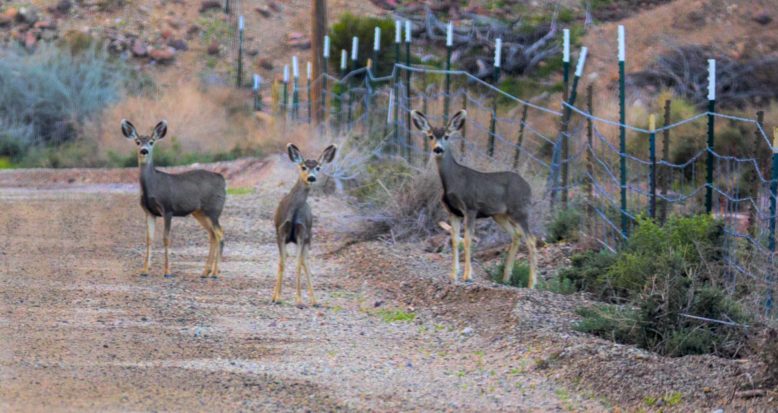
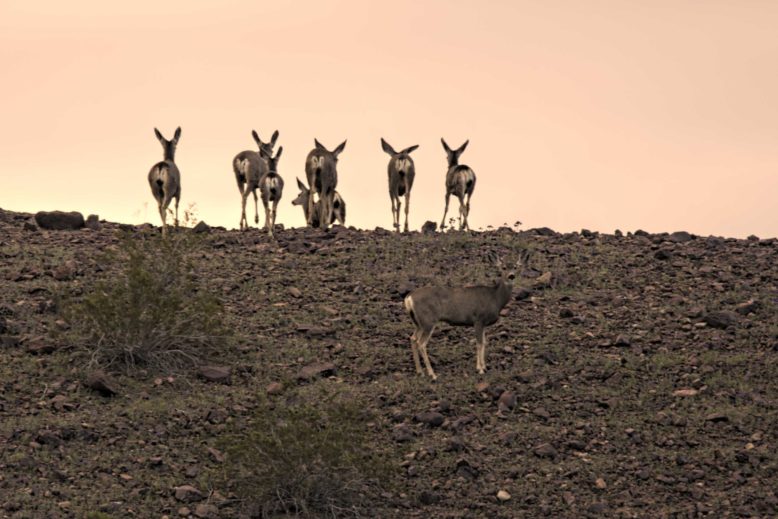
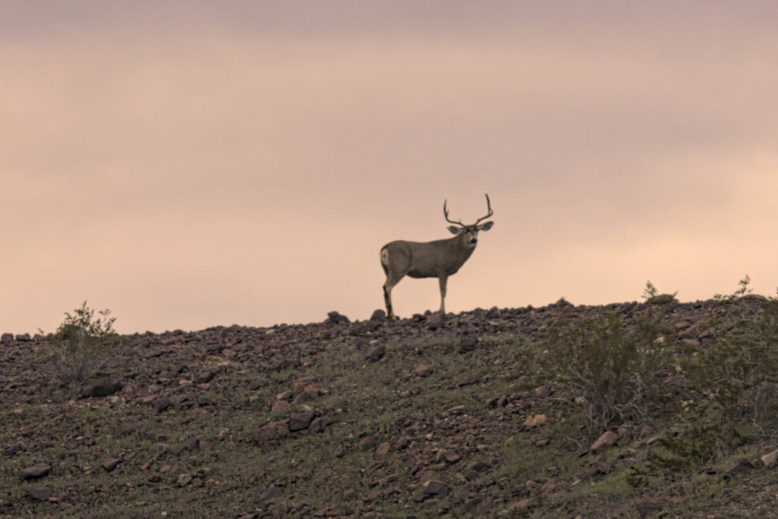
This wildlife refuge was established in 1964. The purpose of this 18,444 acre refuge is to protect and recreate the marshes and backwaters. This provides wintering grounds for migrating birds and other wildlife that the natural flooding would have provided. Local farmers plant alfalfa and corn. The corn is left to dry and chop for migrating birds to get the energy for their long migration North in March.
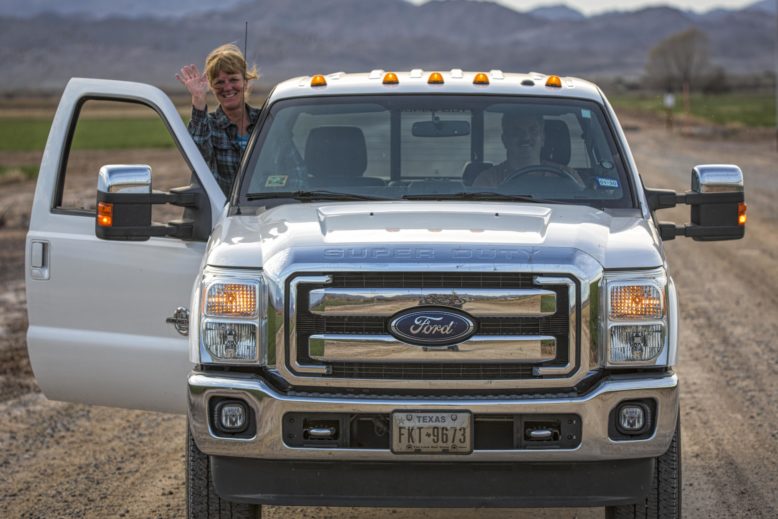
In just a few days we saw coyotes, deer, numerous ducks and geese, hawks, falcon and other birds.
The Stars of the show, in my opinion, were the burrowing owls. I have been wanting to see in person, one of these little owls for many years.
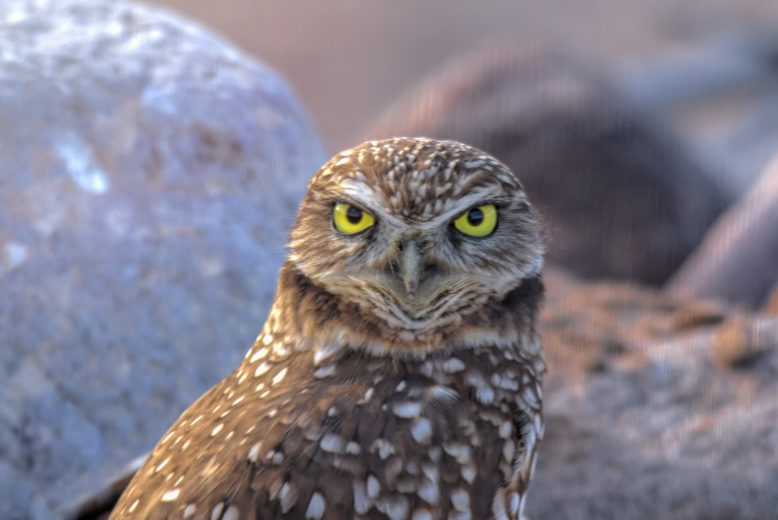
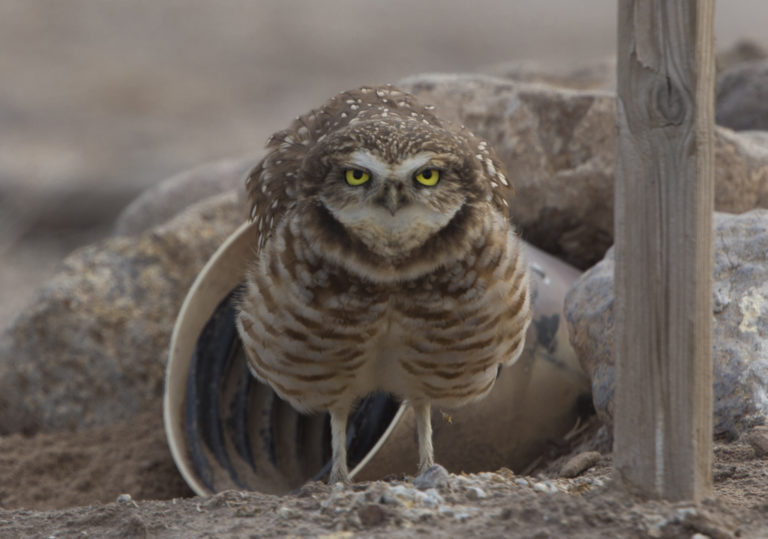
At the refuge, they have provided many special burrows made of PVC pipe so they have a “turn key” apartment to move into. Many of which are not accessible to our viewing on the refuge. They offer complete privacy for many owl families.
These little owls can be spotted occasionally in the daytime which is not like their other owl cousins. Small in size they weigh about 5.3 oz and are about 9 or 10 inches tall. Looking like a pigmy Barred owl with piercing eyes. You can hear them in their burrow with the “Who Who” call which sounds really far away but it is because they are deep in the ground.
They have long legs to run or sprint from place to place. They also can fly. They way they travel is similar to the Quail. It seems like they prefer the ground but will fly if necessary.
We logged over 45 minutes at one of the burrows waiting for one to exit its home. I think I took over 100 photos as it posed in front of her home. Film is cheap so why not.
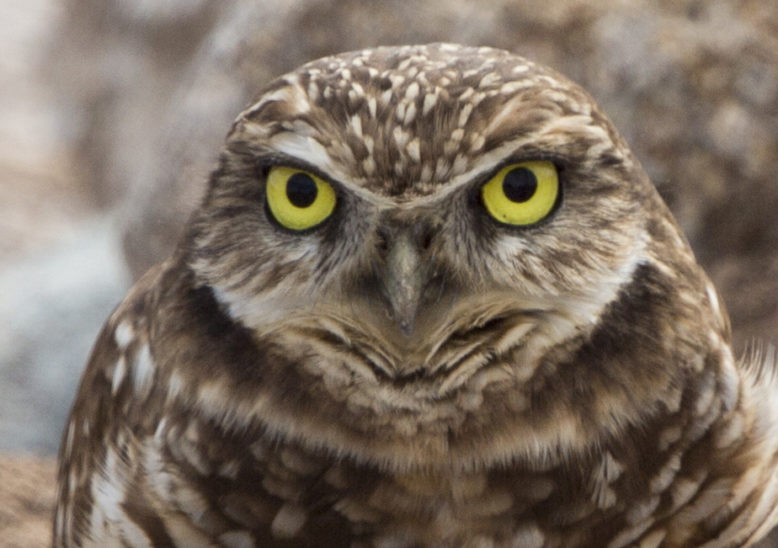
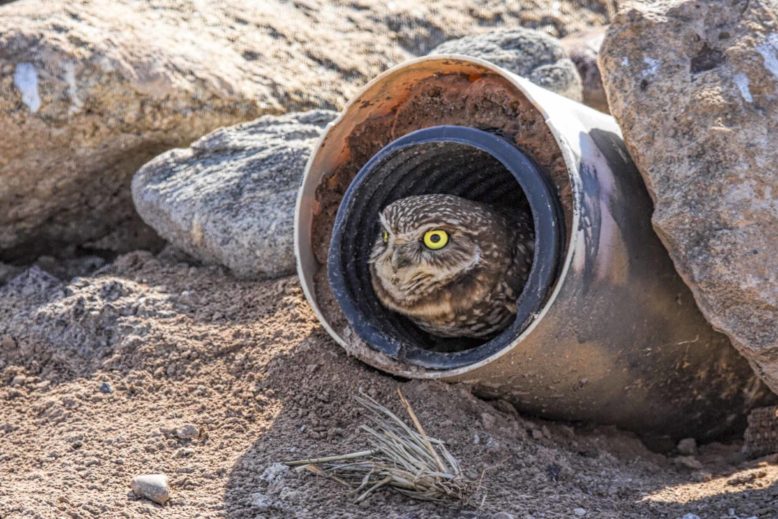
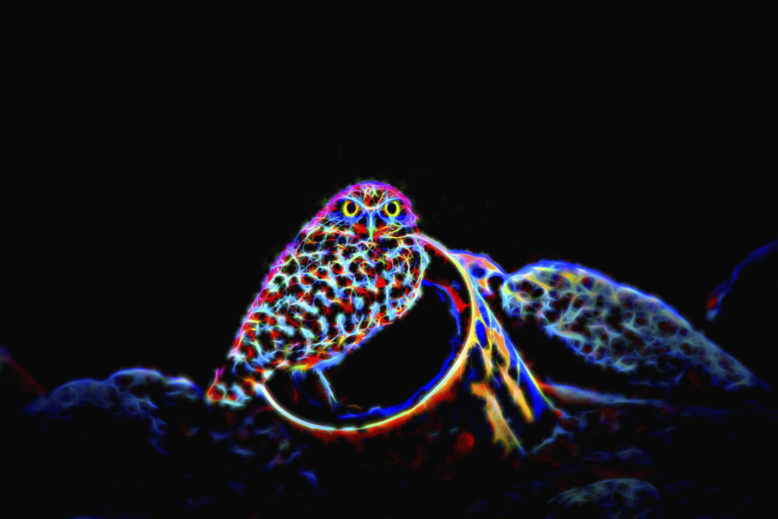
If you know me, you know I come from many years in the Art Business. I can’t help but “re-arrange” my photos.
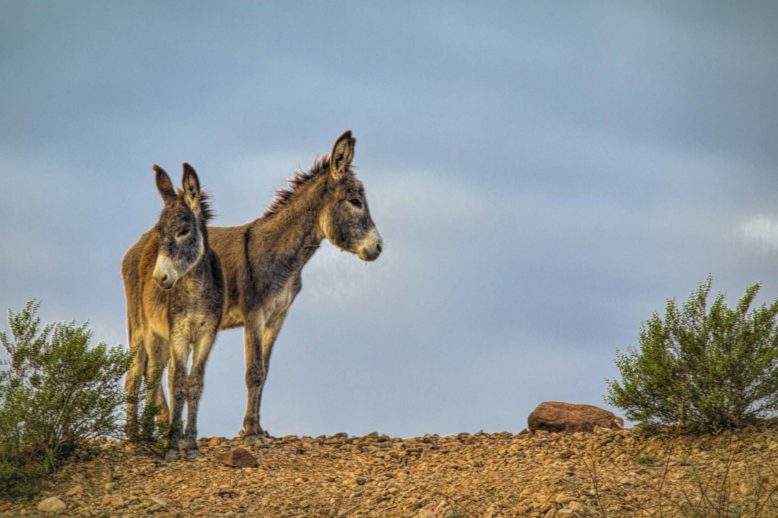
Away from the refuge you are likely to see more deer, coyotes and some wild burrows. The burros are descendants of those used in the local mines as pack animals many years ago. They thrive in Arizona and have become somewhat of a nuisance to the refuge and other wildlife areas. They are protected by the Wild Horse and Burro Act.
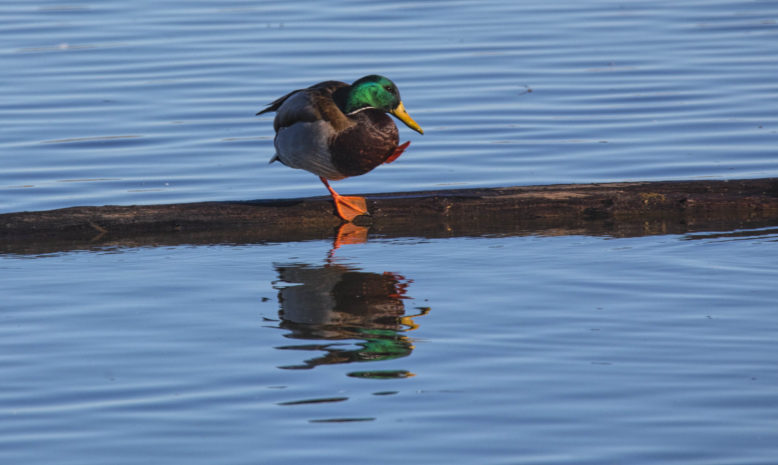
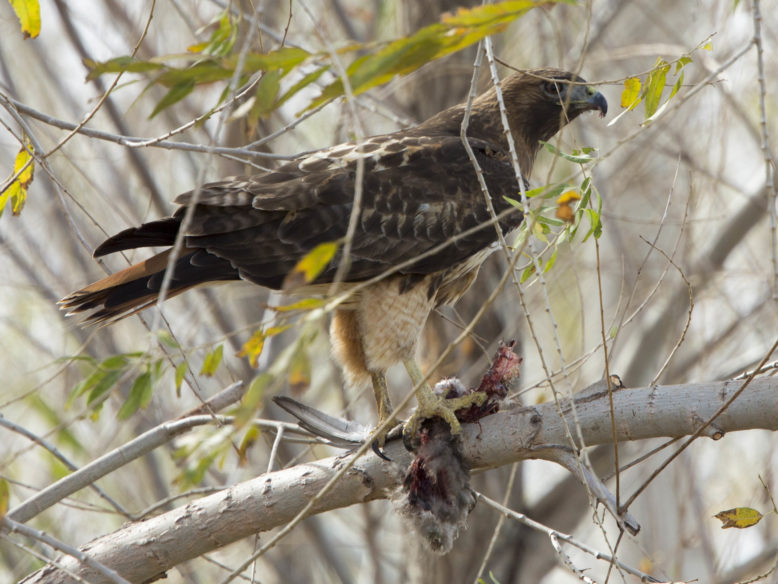
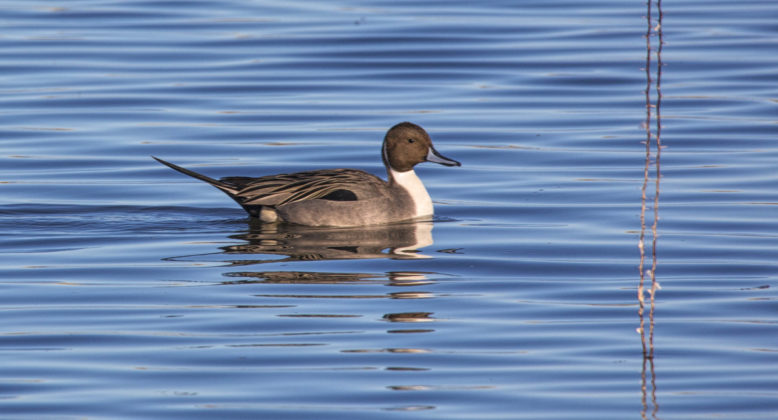
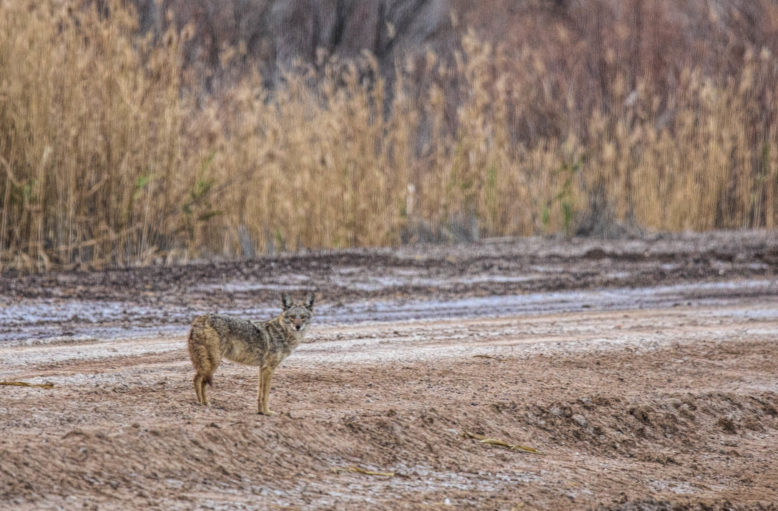
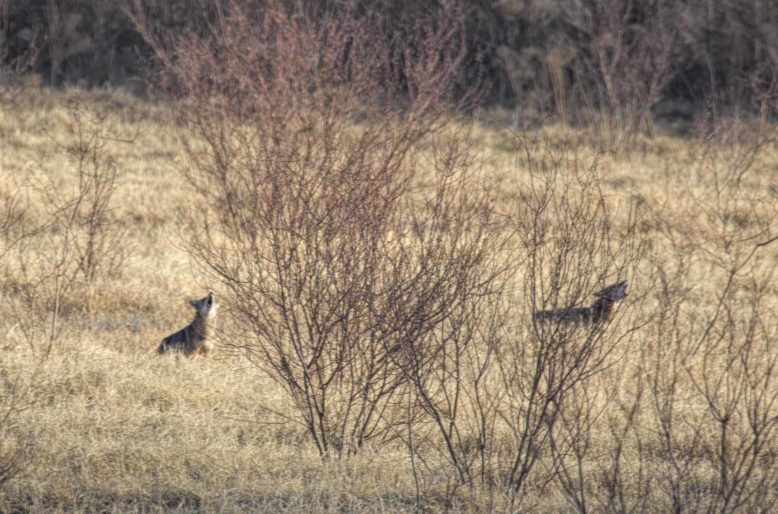
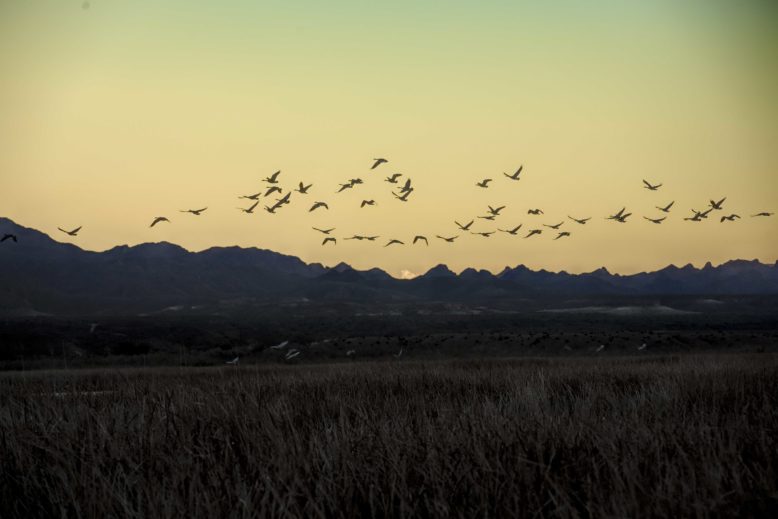
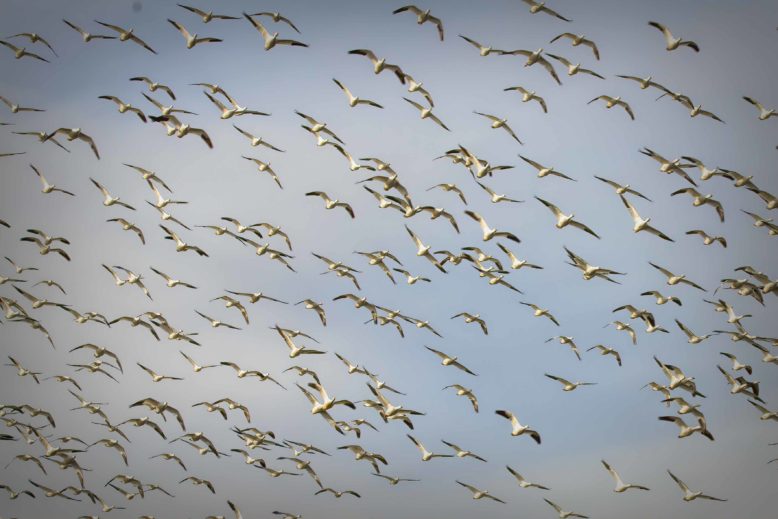
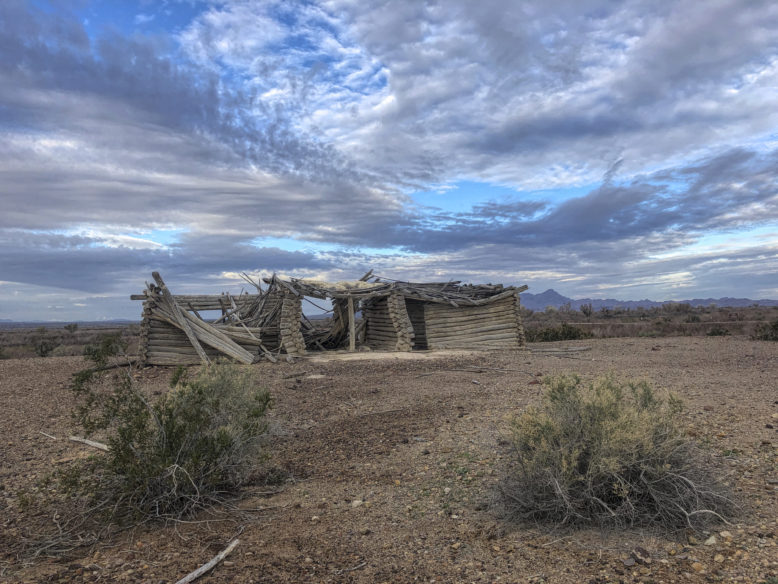
This cabin was built in 1910 by Carl Bishop as a second home. It was built of cottonwood trees up higher than the river to protect it during the flooding. This design was called a “dog trot” cabin because the breezeway provided much needed ventilation from the heat as well as protection from the kitchen in the event of a kitchen fire.
Vandalism in the past is evident of the stones from the foundation and wood structure being removed for campfires. Please camp away from this structure and treat this structure with respect.
Most of you know this is just a journal of our travels. The photos are random shots you can quickly zip through.
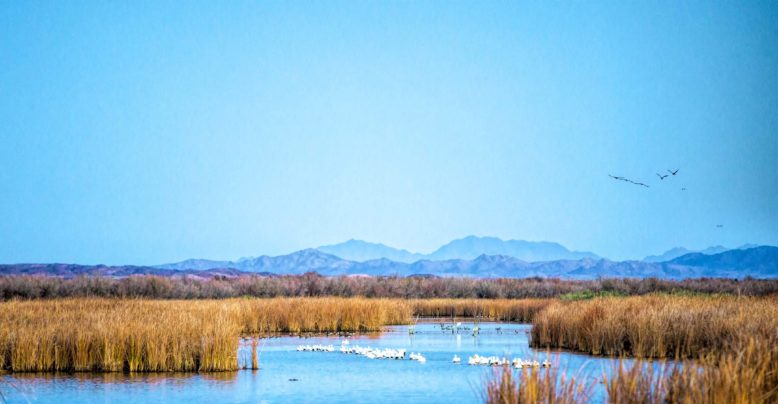
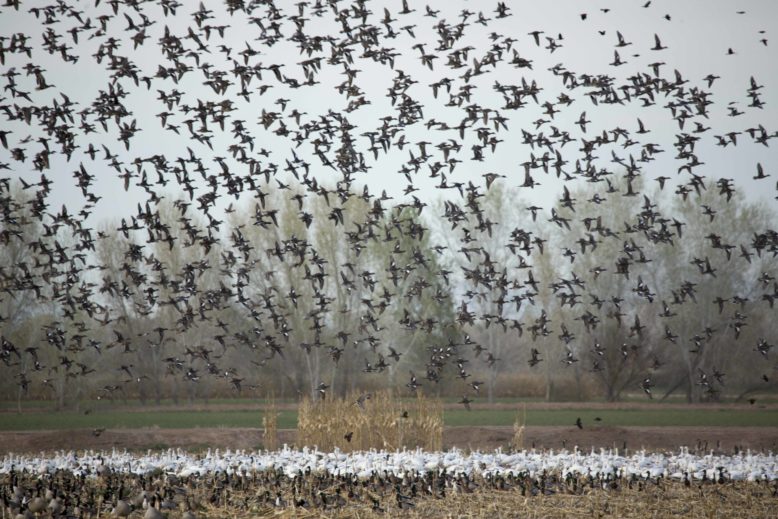
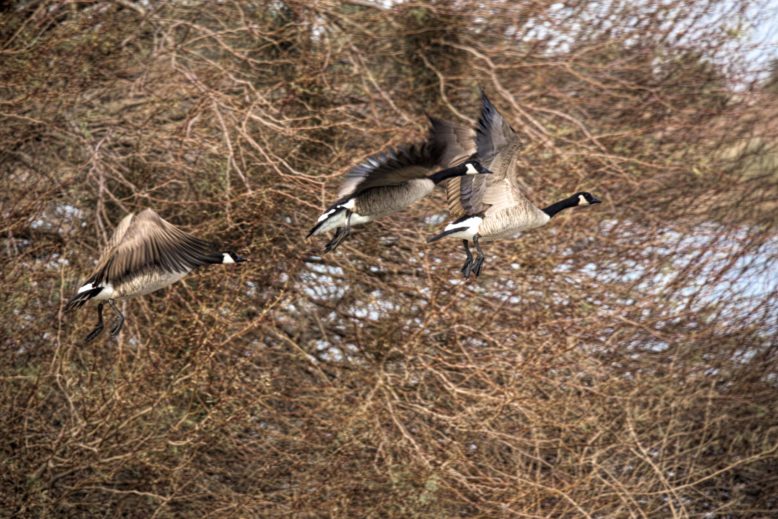
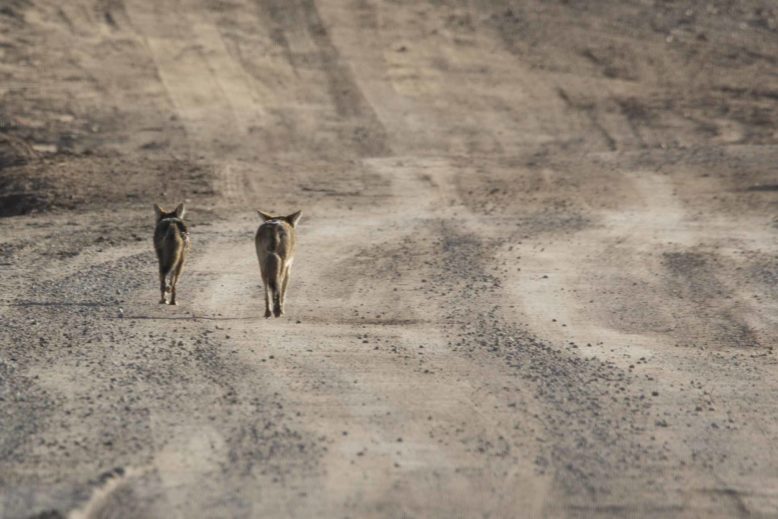
Pau Hana
We are now heading to Sun City and Apache Junction, Arizona to meet up with friends before heading to Texas.

